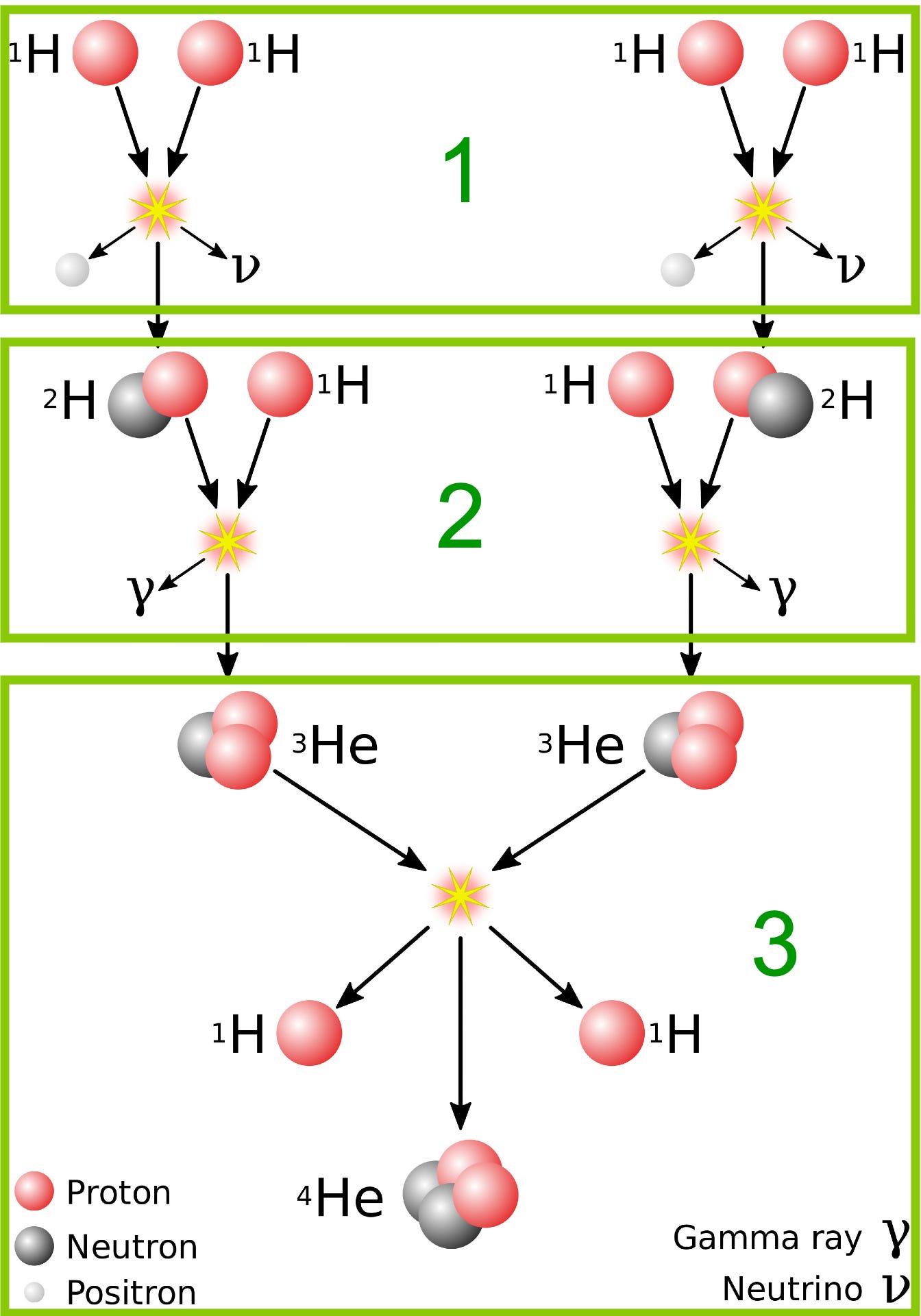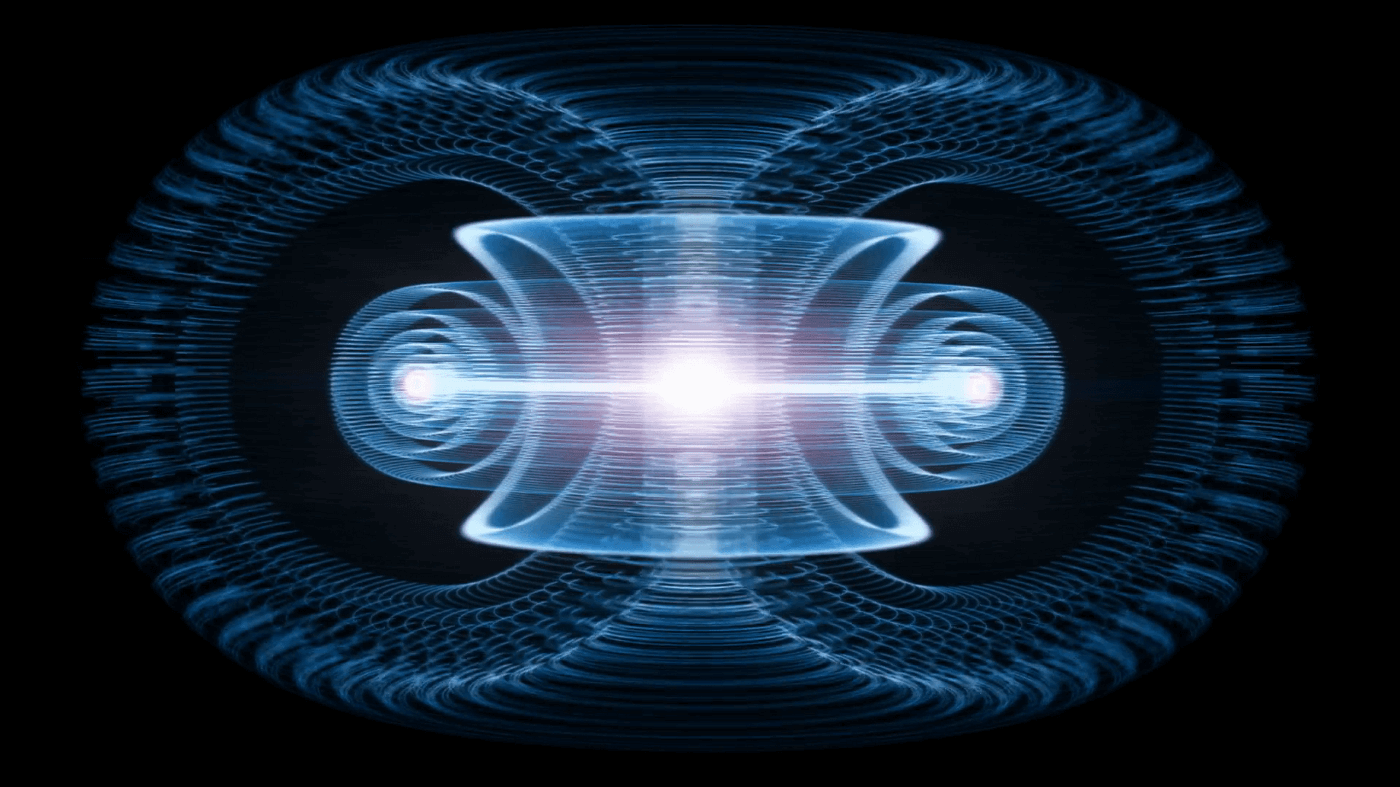Key Takeaways:
- The large majority of the scientific community won’t even talk about this idea.
- Many of them have yielded impressive results.
- Fusion tests in laboratories on Earth are even hotter still, approaching 180 million° Fahrenheit (100 million° Celsius).
- And not only could they demonstrate that cold fusion was real, their results suggested that they would be able to power the world once their experiment was erected on a larger scale.
- That is, cold fusion is based on the idea that a metal called palladium will absorb atoms of hydrogen and force them so close together that they’ll undergo fusion.
- Months after the announcement was made, other institutions began doing their own versions of the Pons-Fleischmann experiment, most of them being unable to yield any kind of fusion energy.
The large majority of the scientific community won’t even talk about this idea. Any scientist who brings it up or, worse, dedicates any of their time testing the idea risks not only being isolated from their peers but also ruining their academic reputation. Of the over 5,000 scientific journals in existence less than 1% are willing to publish any related content. So ridiculed and looked-down upon is it that the only people willing to openly speak about it are older scientists with tenure, or those which are retired and no longer fear damaging their career. Yet hundreds of experiments — much of the time involving respected scientists and universities — have already been conducted to test the hypothesis. Many of them have yielded impressive results.
The idea itself could change the world forever. Among its many benefits to society are practically limitless and widely-available energy, no greenhouse emissions, no long-lasting radioactive waste, and a significant reduction in the possibility of accidents that could impact workers or any nearby populated cities. Every home could be its own source of power, using a special kind of water as fuel. It’s an ambitious and controversial energy source not many of us have heard about.
This is the story of cold fusion.

It’s called “cold” fusion because it occurs at temperatures much lower than expected, sometimes even as low as room-temperature. Natural fusion takes place in some of the most hellish environments in the universe: the fiery interior of enormous and temperamental stars. Here the temperatures reach a stifling 27 million° Fahrenheit (15 million° Celsius). Fusion tests in laboratories on Earth are even hotter still, approaching 180 million° Fahrenheit (100 million° Celsius). But accepted science will tell you that these extreme temperatures are necessary for the right processes to take place.
With enough heat, electrons will separate from their atoms and create a plasma sea where nuclei and electrons roam around unanchored to anything. But the nuclei continue to repel each other since they all contain a positive charge. A celestial object only becomes a star when it’s massive enough to create high pressures and temperatures that will force the nuclei together, overcoming their natural repulsion and fusing them into a heavier nuclei. This process creates energy as a result. In the sun, for example, less massive hydrogen is fused into the heavier element helium.

So how is it possible for cold fusion to exist? How is it that hundreds of experiments around the world have claimed to produce fusion energy at modest temperatures and with much less sophisticated equipment?
Cold fusion became widespread in the late 1980’s with two chemists by the names of Stanley Pons and Martin Fleischmann. After five years of research and hundreds of thousands of dollars spent, the two men announced to the world that they had created low-temperature nuclear fusion. And not only could they demonstrate that cold fusion was real, their results suggested that they would be able to power the world once their experiment was erected on a larger scale. The experiment itself was simple enough: take a container of heavy water (water where the hydrogen has been replaced with a heavier form of hydrogen known as deuterium) and submerge a rod of palladium and a coil of platinum into the water. An electrical current will separate the heavy water into oxygen and deuterium. This deuterium will absorb into the palladium where the atoms will become packed together so tightly that they will eventually fuse.
That is, cold fusion is based on the idea that a metal called palladium will absorb atoms of hydrogen and force them so close together that they’ll undergo fusion. And all of this in an ordinary lab, without the need for extreme pressures or temperatures.

This went against well-known physics. There was no way the palladium could force atoms close enough together for them to fuse and release energy. But, fearing competition, the two scientists and their university wrote a rushed scientific paper and released it to the world, going as far as to attend a press conference to make their findings known. Their paper went though a limited peer-review process where many experimental mistakes slipped through. Pons and Fleischmann also refused to release the exact details of their setup to the scientific community. This meant that their experiments couldn’t be accurately replicated and tested in other laboratories around the world.
Months after the announcement was made, other institutions began doing their own versions of the Pons-Fleischmann experiment, most of them being unable to yield any kind of fusion energy. There were some researchers, however, who supported cold fusion and even claimed to have made it work in their own laboratories. Their experiments created tritium, a known product of fusion reactions. These researchers were accused of fraud.

After failing to replicate their original results and provide any further proof of cold fusion, Pons and Fleischmann lost their respect and reputation in the scientific community. In the end they left the United States to make a new life in the south of France.
Yet cold fusion experiments are still conducted around the world today, though few are openly spoken about. Over the years more than 200 chemists and physicists have devoted their time to making cold fusion a reality. Many modern experiments substitute materials and make changes to the original setup. One of the main problems, these scientists argue, deals with the nature of palladium itself. It’s an icy, lustrous metal. It’s also unpredictable in the sense that you can cut a single rod of palladium up into several sections but not all of these sections will work the way they’re supposed to. This may be due to an uneven distribution of the metal’s impurities. The heavy water used in the experiments can also be contaminated by way of water vapor from the atmosphere.

When their tests show a production of heat or a production of helium — both of which strongly suggest fusion is taking place — there is no way for these scientists to publish their results. Even if they did, within the scientific community cold fusion is never met with open arms. It’s unclear if it should be. When your hypothesis goes against known physics and hinges on two men who were long ago discredited, should anyone take discussions of cold fusion seriously? Or is this an instance of a community being too close-minded to allow us to make unexpected but nonetheless real technological progress? Hot fusion research receives $500 million each year from the US Department of Energy. On the other hand, it was revealed in 2019 that Google had been funding research into the original cold fusion experiments, spending $10 million and half a decade to yield no evidence whatsoever that cold fusion could take place.
Perhaps what’s most surprising is that this is only one side to the story of cold fusion. It is real. But not in the way the above scientists have so far pursued it. I’ll soon be publishing the second part of the cold fusion story with proof that it is a real, scientifically proven phenomenon.
I hope you’ll join me again for that. Thank you for reading.





























